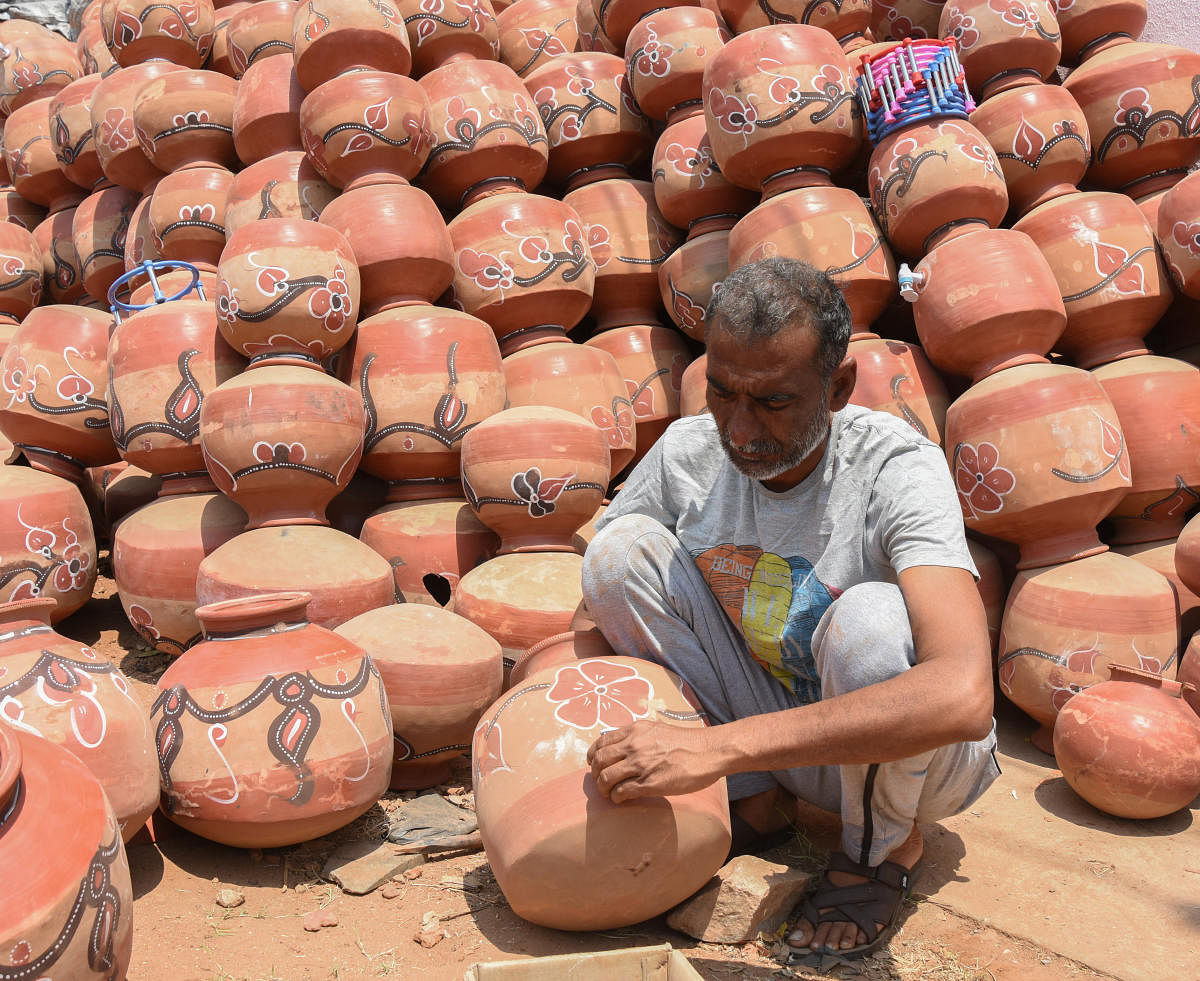
“Buy less, choose and use well, make it last” is the easiest way to achieve sustainable development. The High-Level Political Forum on Sustainable Development (HLPF) held in New York in July last reviewed in-depth six of the 17 Sustainable Development Goals (SDGs).
One SDG that received much attention and concern was Goal 12, which deals with ‘Responsible Consumption and Production’ (RCP) patterns. RCP can be understood as social and economic development within the carrying capacity of ecosystems, raising efficiency and ensuring sustainability in the use of resources and production processes, along with reduction in resource degradation, pollution and waste.
The advent of consumerism, growing purchasing power and the race to achieve higher standards of living has led to the unfettered use of natural resources. Some 82% of all wealth generated between the second quarter of 2016 and the corresponding period last year went to the top 1%, according to a survey by Oxfam. The grave inequality in possession of wealth also points to unequal consumption patterns in population.
India has traditionally been a sustainable society eschewing wastefulness, reusing and recycling products and making those products last beyond their intended purposes. The global buzzword of ‘circular economy’ being seen as an answer to the woes of rising, unsustainable consumption patterns globally, has been a deeply ingrained component of Indian ethos. The effortless sustainable consumption cultures and lifestyles present on our land since ages is a treasure of invaluable knowledge, with huge potential of turning them into modern ideas to achieve RCP in the true sense.
India has an edge over other countries, with the presence of highly sustainable lifestyle practices, like using clay pots to store and cool water in extreme temperatures and use of desert coolers instead of air conditioners, accompanied by architectural techniques to make best use of nature to reduce the consumption of electricity.
Innovative young minds have begun to sense the potential of our culture and traditions for sustainable development and this is causing a boom in social ventures in the country. The clay pots are converted into clay refrigerators able to preserve perishable food for a full week without the expense and emissions of electric refrigerators.
The desert coolers, essentially used in the dry and extreme temperatures of Rajasthan, have also witnessed an innovation and have been converted into hybrid cooling machines, bringing together the best of air coolers and air conditioners.
In another example, the sustainable architecture inspired by the traditional technique of using mud and designing to make best use of natural elements like wind and sunlight is being promoted in urban areas by architects concerned about the immense damage being done by the unsustainable construction practices in vogue in India. If one looks carefully at the architecture of old buildings in cities and the old palaces, we get a sense of how far today’s construction technology is from nature and the sustainable techniques of our ancestors.
Plastic menace
Man congratulated himself on inventing plastic, but it has now become a menace for the planet. Research suggests that by 2050, there will be more plastic in the oceans than fish. Over the last six decades, some 8.3 billion tonnes of plastics have been produced, less than 9% of it recycled and the rest is accumulating in landfills and oceans.
On the one hand, we are recklessly manufacturing non-biodegradable and non-disposable products like plastic and, on the other hand, we are depleting natural resources like forests, which act as a carbon sink for the planet, degrading the condition of the planet in both ways.
Sustainable innovations
India’s social entrepreneurs have looked to solutions inspired by our traditions, cultures and lifestyles. Switching from furniture and other products made of wood, which leads to deforestation, to similar and durable items made of bamboo and cane and lantana camara (invasive weed, with origins in South America) is one such.
Similarly, the disposable culture of plastic plates and cutlery can be countered by going back to the tradition of using leaf plates, clay cups (khullad) and tableware. These are not just eco-friendly traditional options which can save our planet but have enormous benefits of preserving the culture of India and giving back lost livelihoods to thousands of people who once earned through their traditional art. Various other out-of-the-box innovations like compostable and pocket-friendly sanitary napkins, which can help reduce the estimated 1,13,000 tonnes of sanitary waste alone, needs due attention.
Sustainable development is a process and so is the goal of sustainable consumption and production. This process has multiple stakeholders and, while it is important to put out sustainable options in the market, it is equally important to educate and convince consumers to opt for these options. The shift towards more sustainable and attractive lifestyles and a successful implementation of the Paris Climate Agreement and Agenda 2030 go hand in hand. This will involve a crucial role for consumers to turn these ideas into actual practice and thus mainstream our traditional, sustainable ways of living.
In this world of finite resources, where it has become crucial to identify and innovate a new and restorative economic model for the world, traditional knowledge and ideas in combination with research and innovations are the best way ahead. The role of each citizen in owning the responsibility towards our planet and encouragement by the government will form the two main pillars of sustainable development the world is striving to achieve.
(The writer is Director, CUTS International)